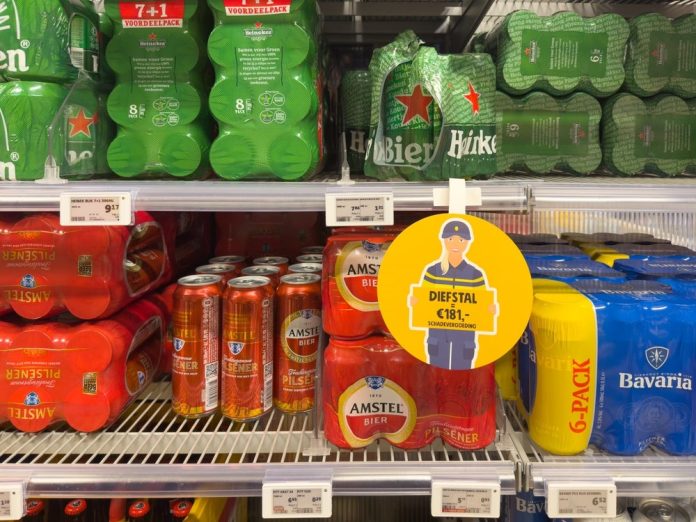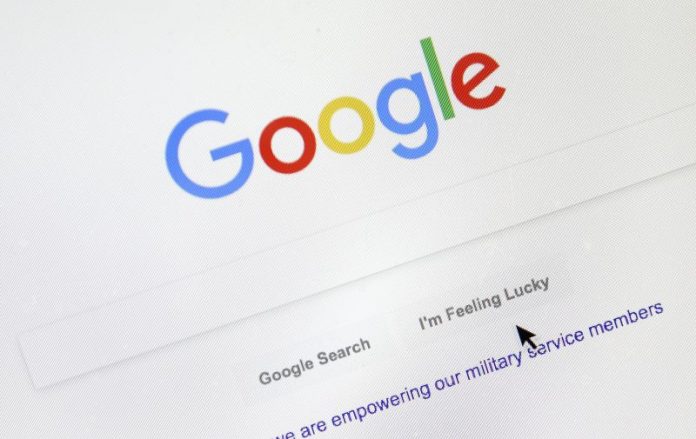
In a move that surprised many on both sides of the political aisle, progressive Rep. Alexandria Ocasio-Cortez (D-N.Y.) recently voted — with an overwhelming majority of House Democrats and Republicans — to support funding for Israel’s Iron Dome defense system.
To be sure, Ocasio-Cortez’s vote made little difference to the final tally. The amendment, sponsored by Rep. Marjorie Taylor Greene (R-Ga.), which could have cut U.S. support, was shot down 422-6.
Nevertheless, voting to support continued funding was extremely revealing for what it says about Ocasio-Cortez’s grander ambitions.
Indeed, not only did her vote mark a clear break with other members of the progressive “Squad,” who made up five of the six objections.
More importantly, it positioned Ocasio-Cortez closer to the Democratic mainstream at a time when her name has been brought up as a candidate for the Senate, and potentially even President.
Further, this vote positions the congresswoman well vis-à-vis Sen. Chuck Schumer (D-N.Y.), who trails Ocasio-Cortez by 19-points (55 percent to 36 percent) in a poll reported by Politico.
This is not the first time Ocasio-Cortez has broken from the progressive wing in order to strengthen her candidacy for higher office, although it is the most serious.
In 2021, in the wake of another war between Israel and Gaza, Ocasio-Cortez publicly lobbied against Iron Dome funding only to reverse course and vote “present.” At the time, MSNBC called her actions a bid to “preserve the possibility of challenging Senate Majority Leader Chuck Schumer.”
Much like that vote, Ocasio-Cortez has maintained her image as a critic of Israel, but one who recognizes its right to exist and to self-defense, albeit her recent statements make it clear that she has an extremely narrow definition of “self-defense.”
This position, much closer to the wider Democratic Party and national electorate, is also in stark contrast with other progressive rising stars, such as Zohran Mamdani.
Mamdani, the front-runner to be New York City’s next Mayor has said Israel should not exist as a Jewish State, expressed support for the anti-Israel Boycott, Divest, Sanctions movement, and who has taken a decisively one-sided view to Hamas’s Oct. 7 attacks as well as the ensuring war.
And yet, given the vastly different circumstances between the 2021 vote and present day, Ocasio-Cortez’s July 18 vote carries considerably more weight.
For months, even as many have doubted Ocasio-Cortez’s viability for statewide or national office, she has travelled the country, drawing thousands to her rallies. Even in red states and districts, voters are coming out to see her.
At one rally in Plattsburgh, N.Y., a district represented by Republican Rep. Elise Stefanik, Ocasio-Cortez reportedly drew a full 10 percent of the entire town.
In that same vein, she has shown herself to be unmatched at fundraising ability.
According to a Wall Street Journal analysis, Ocasio-Cortez has raised $15.4 million this year, nearly twice as much as House Speaker Mike Johnson (R-La.) and 23 times more than Rep. Marcy Kaptur (D-Ohio), the longest serving woman in the House.
Moreover, virtually all (99 percent) of Ocasio-Cortez’s contributions have come from individuals — her average donation in the second quarter was just $17 — rather than big-spending political action committees.
Tellingly, almost three-quarters (72 percent) of her contributions have come from out of state, with a significant share also being spent on advertising in states other than New York.
In fact, at this point — three years out from the 2028 elections — Ocasio-Cortez is seemingly more popular, marketable and noteworthy than former President Barack Obama was three years before the 2008 election.
Obama, it will be remembered, was not even included in polls during the summer of 2005. His first appearance in a national poll came that December but was still considered such a longshot that his next appearance did not come until October of 2006.
Conversely, the Race to the White House polling aggregator shows Ocasio-Cortez (12 percent) in fourth place, and she’s consistently a top five finisher in individual polls. Polymarket even shows her having the second-best odds, 17 percent, behind only Gov. Gavin Newsom (D-Calif.) at 21 percent.
Additionally, in Democratic primaries, the left-wing of the party tends to dominate, giving her a considerable boost, particularly given the enthusiasm she tends to generate among this group.
Taken together, it increasingly appears that Ocasio-Cortez’s growing national appeal supports her growing political ambitions.
However, as I’ve stated elsewhere, there are legitimate reasons to doubt whether her viability for higher office corresponds with her aspirations.
Aside from her age, she will turn 39 three weeks before the 2028 election, and inexperience, Ocasio-Cortez’s political leanings could alienate a sufficient number of swing voters.
The 2024 election indicated that Americans, including a significant number of Democrats, do not want a far-left Democratic Party, and Ocasio-Cortez has historically been squarely on that side.
Likewise, even if she is taking steps to quietly move to the center on some issues, she may be underestimating the potential damage it may do among her own base of support.
Just days after the vote on the amendment, a far-left group defaced Ocasio-Cortez’s Bronx office, painting “Ocasio-Cortez funds genocide” in red paint. Her campaign advisor has also said that they’ve received death threats due to her vote.
Without downplaying the seriousness and inexcusability of political violence, it is doubtful that the far-left would stay away if Ocasio-Cortez began to be considered a legitimate frontrunner in the next three years.
Furthermore, were she to become the party’s nominee for either the Senate or the presidency, there is likely a “built in” vote among Democratic voters who would support the party, regardless of the candidate.
That’s especially true given that she addresses critical needs for Democrats — their lack of fresh ideas, new faces and overall lack of energy.
Of course, this is certainly not to suggest that she will be the nominee. She may very well decide that making a run at the Senate first makes more sense. Her appeal may also begin to fade between now and 2028.
Ultimately, the prospect of Ocasio-Cortez becoming Democrats’ 2028 presidential nominee is not out of the realm of reason, and even looks considerably more plausible than it did just one year ago.
Douglas E. Schoen is a political consultant who served as an adviser to President Clinton and to the 2020 presidential campaign of Michael Bloomberg. He is the author of “The End of Democracy? Russia and China on the Rise and America in Retreat.”
 BBC
BBC














